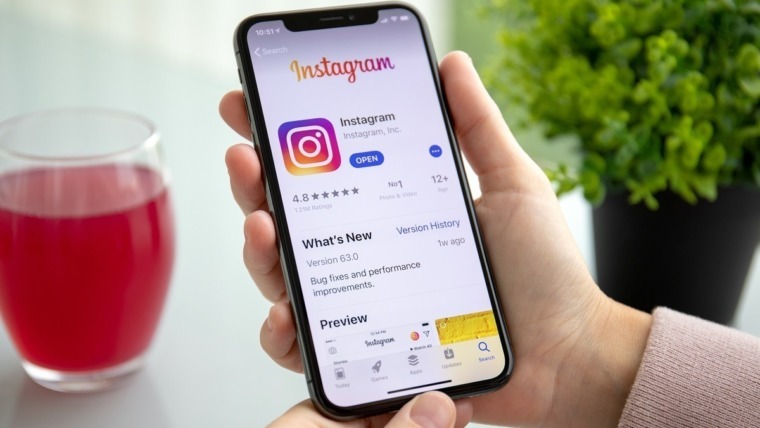How To Choose A Streaming Service

Written by Kareem Tawansi
In life, we must take the good with the bad and that definitely applies in an open market. And this is certainly the case when one considers the streaming services market, aka Video On Demand (“VOD”). The good is pretty easy to find, it’s all the great content out there. The bad comes in many forms, including bad content (obviously, there’s no shortage of that!), high prices but worst of all, all the services we must subscribe to, to get access to the content we want. The irony is that we are only interested in the content and not the gatekeepers between us and that content. To make things worse, we have to learn how to navigate each platform. And you may say, “they are pretty easy to use”, and on the surface, you might be right however each one has its own way of presenting its content to us. Some are more transparent and straightforward than others.
It’s A Large Market And The Data Proves It
If you are a data person like myself, here are some interesting numbers: Over 90% of Australians (I would imagine similar numbers in most English-speaking countries) have paid streaming subscriptions (that ranges from 59% of Matures, 64% of Boomers, 80% of Gen X, 93% for Millennials and as high as 95% for Zoomers) - it’s a big market!
A Positive Audience Experience
The reality is, we should have the most frictionless experience when trying to access content and as a paying customer, we should be able to customise the user experience (“UX”), or audience experience (“AudX”, as they say in the industry) to exactly the way we want it. For example, classify content into shows/movies I’ve already seen versus shows/movies I intend to watch, etc (with our own metadata, like how we rated it, what we liked about it/what we didn’t like etc). Technically, that is not hard to do at all. So, put simply, I want 1 single subscription that I can have more control over, that I can customise as I please and that I only want to pay to access the content that is of interest to me.
More Disruption is Needed
But, and it’s a big but, the “Vision” industry has leant the lessons from the Music industry – get in there first before a tech startup does what Napster, then Spotify (and initially Apple Music) did to music and protect their own content while trying to own the customer. Some would say that Netflix is the Napster/Spotify of the Vision industry, but I don’t think they have been as disruptive - sure, they changed the medium of distribution, but they have not completely upended the Vision industry (or at least not as much as what happened in the Music industry). And Apple has tried multiple times to do it and it appears that they have now lowered their goals to just being another player; and with such a small market share and such a high churn rate, I’m not sure how much longer they are going to play.
But as a customer, I don’t want to be owned by a Vision provider or even a content platform (like Netflix); I want to pay for the content I want to consume and not for what I don’t want. I also want to be able to manage it anyway I like. Have you ever thought about why you can’t just use Netflix in other jurisdictions – the answer is, it's a job creation scheme! It’s all about the gatekeeping; protecting the local middlemen, so they can get a cut (while providing little to no value).
The Current Solution
So, there are some VOD platforms out there that try and bring things together, but you are usually given the option to buy or rent content, but rarely does it include the current stuff. And now we have VOD aggregators like Google TV, Apple TV and more recently, Optus Sub Hub (and there’s probably a bunch more). And let’s face it, in doing so, are they really thinking of the customer or just another way to corner the market, own the customer and eventually gouge out profit for little value-adding? But we live in a capitalist society and that is what many successful companies do, try and “own” the customer. And if left to their own devices, create an unstoppable monopoly (like what Peter Teale, in his book “Zero to One” describes, sighting Google as an example).
The Ultimate Solution
So, is there a solution? Well, technically, there easily could be. What we need is for the content providers to provide open APIs that allow developers to build a variety of interfaces that both serve up content and handle payments. Potentially, we could buy monthly credits and spend them consuming only the content we want, in an environment that suits our tastes and preferences. To get to that point, the content owners (the movie studios) would have to be threatened enough by something; wouldn’t it be great if that something was in the hands of the people and not other large corporations?
How To Choose A Streaming Service How To Choose A Streaming Service How To Choose A Streaming Service



